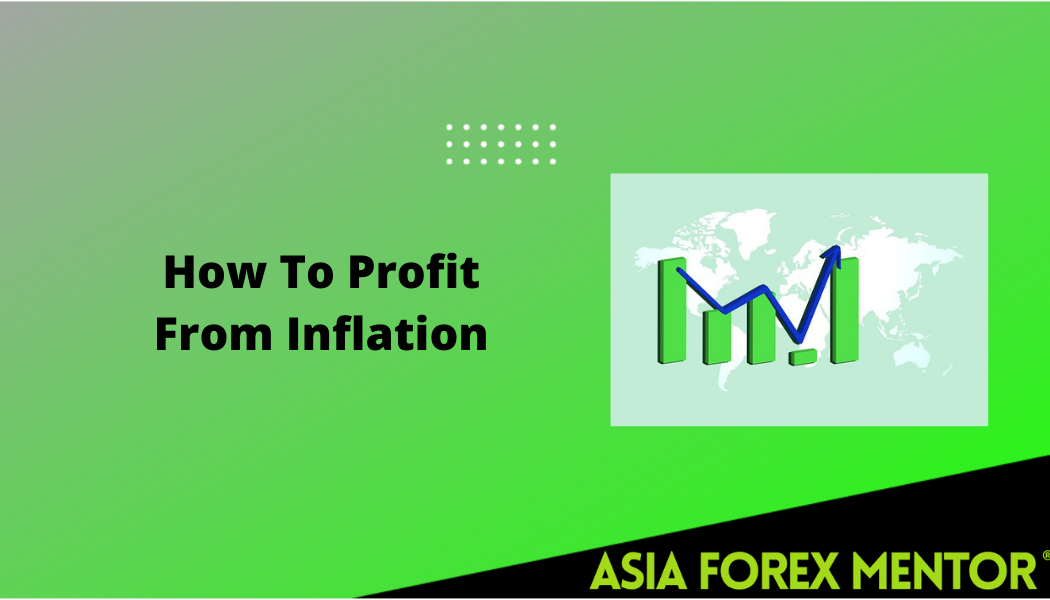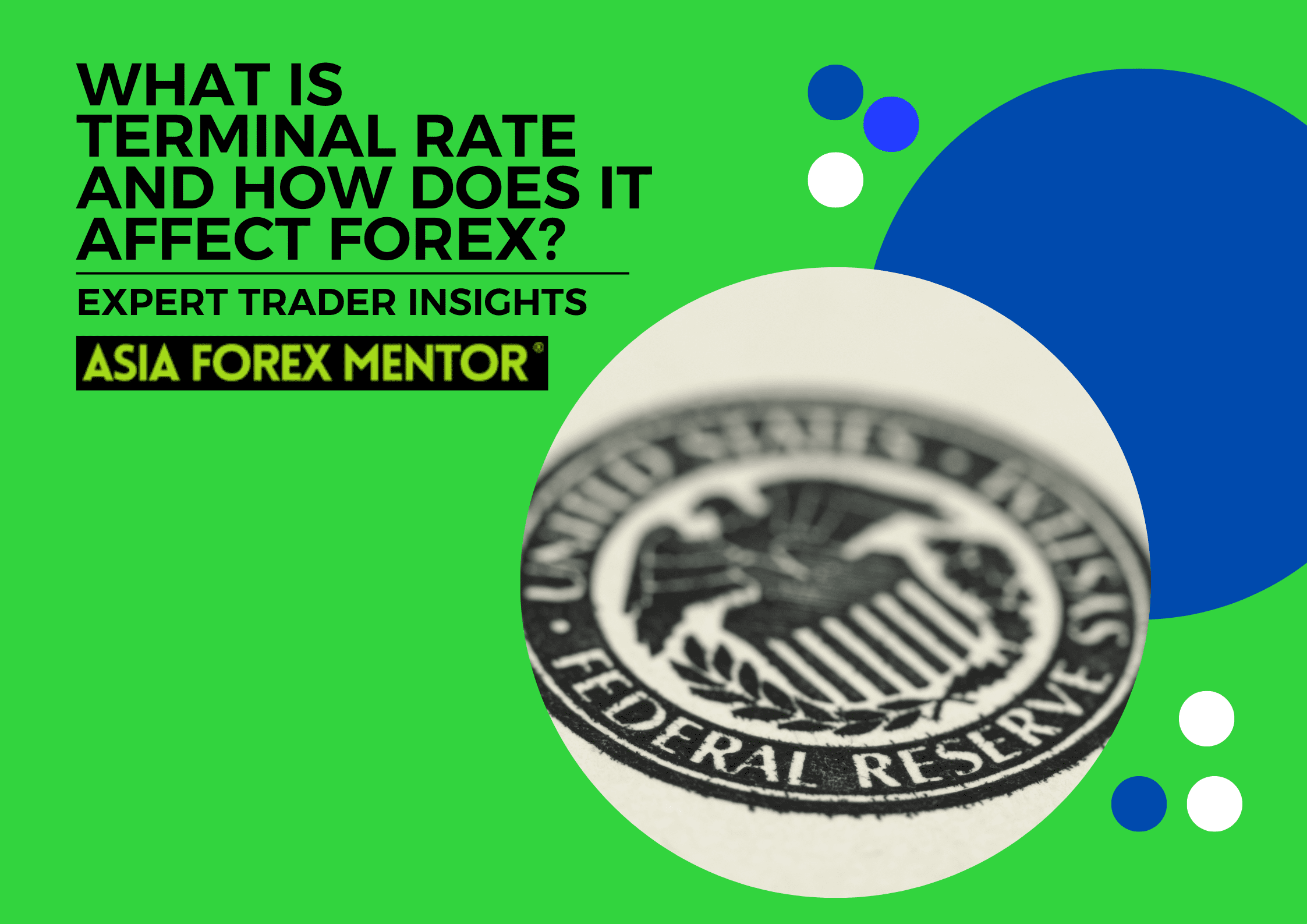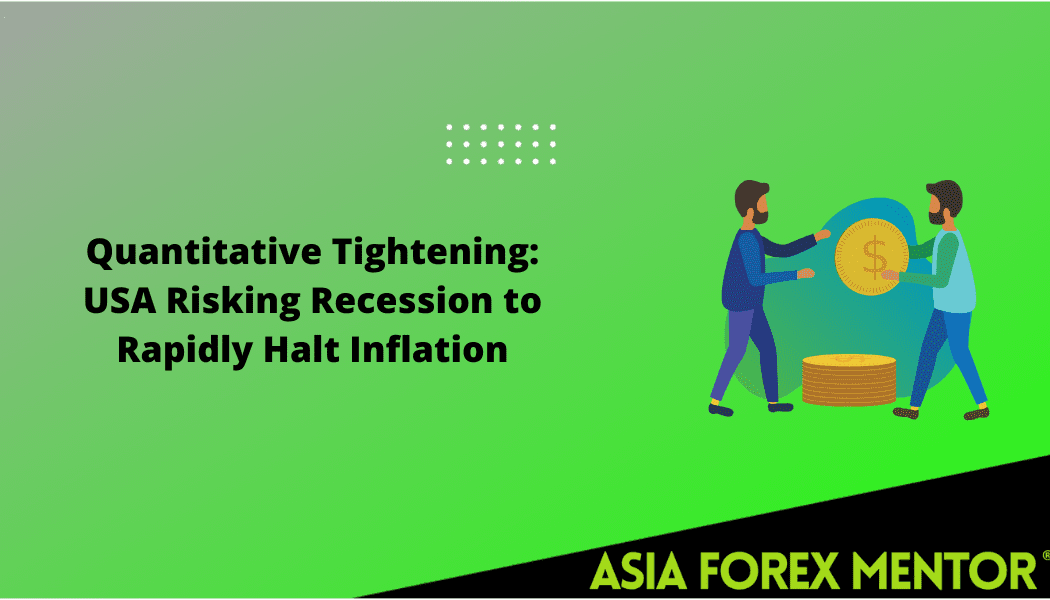
Investors are increasingly betting on a series of interest rate cuts by the Federal Reserve as June’s Consumer Price Index (CPI) data, set for release on Thursday, is expected to show a further cooling of inflation. The upcoming report will be pivotal in shaping the Fed’s monetary policy trajectory for the remainder of the year.
Cooling Inflation: A Ray of Hope
The CPI report, scheduled for 8:30 a.m. ET, is projected to reveal a headline inflation rate of 3.1% for June, down from 3.3% in May. This anticipated deceleration marks the smallest annual rise since January, driven primarily by declining energy prices. On a month-over-month basis, consumer prices are expected to have increased by 0.1%, a slight rise from May’s flat reading.
Stripping out the volatile food and energy sectors, core CPI is forecasted to have risen 3.4% year-over-year and 0.2% month-over-month, maintaining the same pace as May, according to Bloomberg data.
“We expect the June CPI report to be another confidence builder following the undeniably good May report,” Bank of America economists Stephen Juneau and Michael Gapen noted in a recent analysis. They emphasized that while the figures might not be as low as May’s, they still represent a positive trend for the Fed.
Inflation vs. Rate Cuts
Federal Reserve Chair Jay Powell’s recent testimony before Congress highlighted a data-dependent approach to future rate decisions. Despite signs of cooling inflation, Powell indicated that more consistent data is needed before the Fed can be confident that inflation is moving toward its 2% target.
The labor market has shown mixed signals, adding 206,000 nonfarm payroll jobs in June, above economists’ expectations, but the unemployment rate rose to 4.1%, the highest in almost three years. This juxtaposition of strong job growth and rising unemployment presents a complex backdrop for the Fed’s policy decisions.
“Non-housing services inflation should moderate over time given cooling services wage inflation; however, a sustained period of deflation is unlikely,” Juneau and Gapen warned. They also expect a rebound in categories like motor vehicle insurance, which saw a slight decline in May.
A Shift Towards Rate Cuts
The market is now pricing in a higher probability of rate cuts in the near term. As of Wednesday, data from the CME Group indicated a 75% chance that the Federal Reserve will begin cutting rates at its September meeting. This is a significant shift from the beginning of the year when six cuts were expected throughout 2024.
Goldman Sachs, led by chief economist Jan Hatzius, remains optimistic about “further disinflation” due to rebalancing in the auto, housing rental, and labor markets. They anticipate year-over-year core CPI inflation to drop to 3.2% and core PCE inflation to 2.7% by December 2024.
However, Goldman also foresees “offsets from continued catch-up inflation in healthcare and car insurance and from single-family rent growth continuing to outpace multifamily rent growth.”










